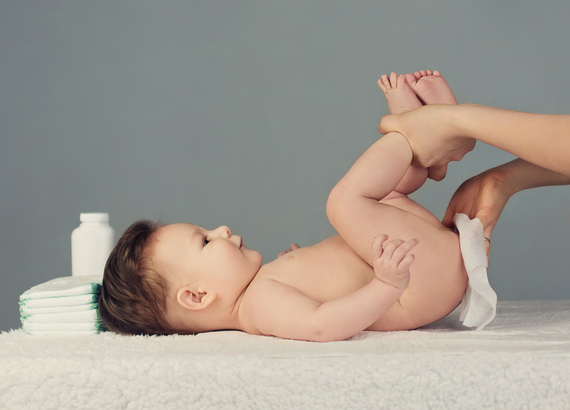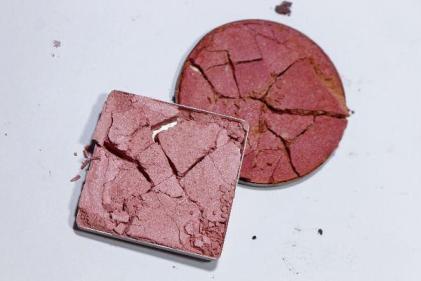
First time parents may feel a little bit worried when it comes to changing nappies – trying to tape something onto a wriggling baby is no small task. But fear not, expert midwife Margaret Merrigan-Feenan has offered some great tips that will help make the whole experience much less of an ordeal for both you and baby.
1. Lie your baby on a waterproof changing mat and undo the tabs on nappy.
2. With one hand hold the baby gently by the ankles with your fingers in between their heels to stop the ankles grinding together and then raise their legs upward.
3. If the baby has had a bowel motion pull down the front half of the nappy with your other hand and wipe the bulk of the soiling with the clean front half of the nappy.
4. Seal nappy and pop in a suitably positioned bin, always keeping one hand on your baby.
5. Clean your baby’s bottom and all skin creases by gently wiping the skin with a cotton wool soaked in lukewarm water or use a suitable baby wipe.
6. Clean girls from front to back keeping bacteria from the back passage away from the front passage. Boys need to have the skin folds around the scrotum cleaned thoroughly and don’t try to push the foreskin back.
7. Pat the skin dry and allow your baby to have a little kick, so air can get to the skin.
8. Apply a barrier cream/ointment, such as Bepanthen, to protect the skin. Prevention is better than a cure when it comes to a nappy rash and an ointment will help the skin’s natural recovery and repair the natural protective layer in the skin. Bepanthen in particular is said to create a transparent, breathable layer on your baby’s bottom, ensuring it is protected from rubbing and irritants.
9. Lifting your baby gently by their ankles, slip a clean nappy underneath them with the tabs to the back. Pull the front half up to your baby’s tummy and fasten the tabs at the sides ensuring it is not too tight. One finger should be able to slide between your baby’s skin and the waistband.
10. Ensure to wash your hands thoroughly before and after nappy changing, or use a hand sanitizer if you can’t get to a sink.












